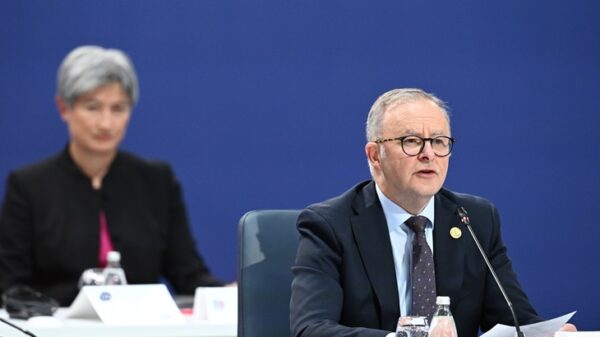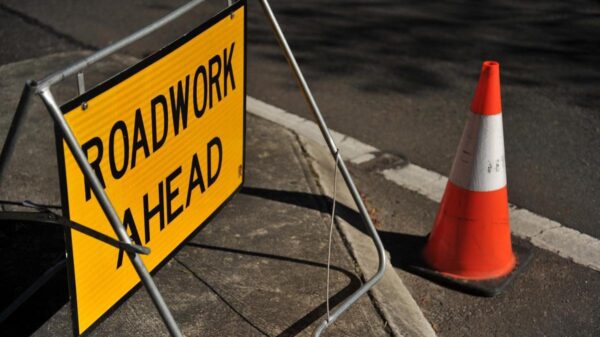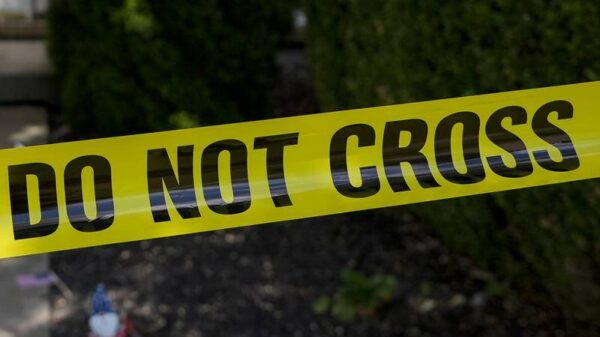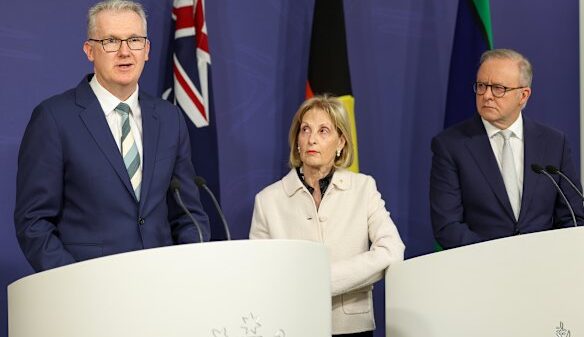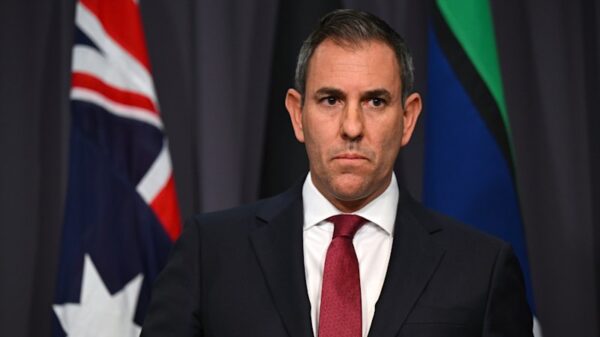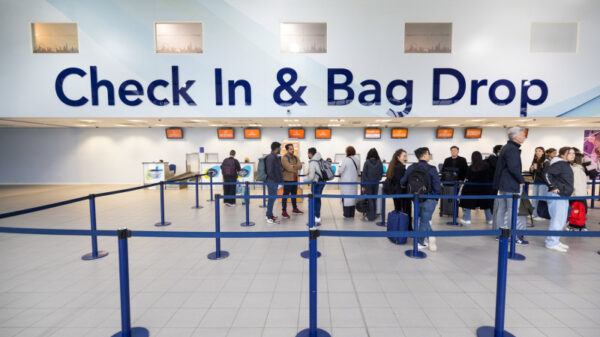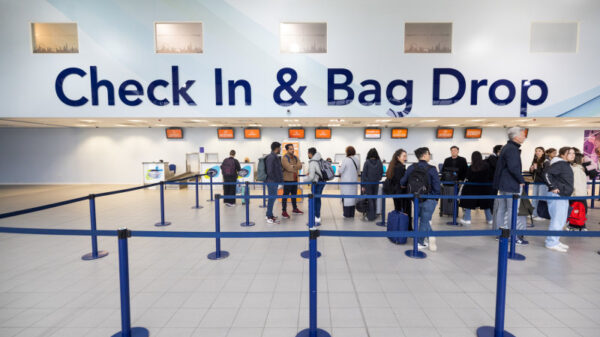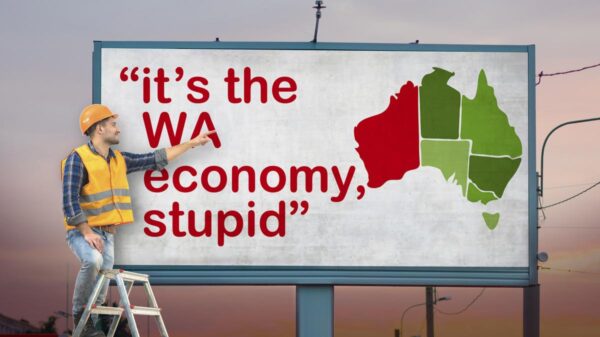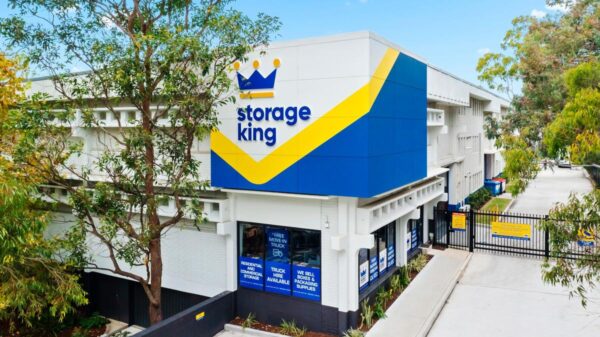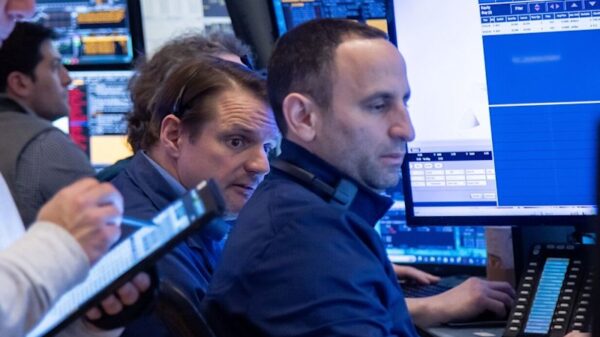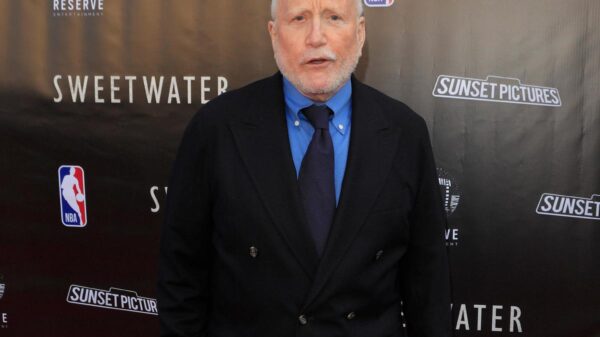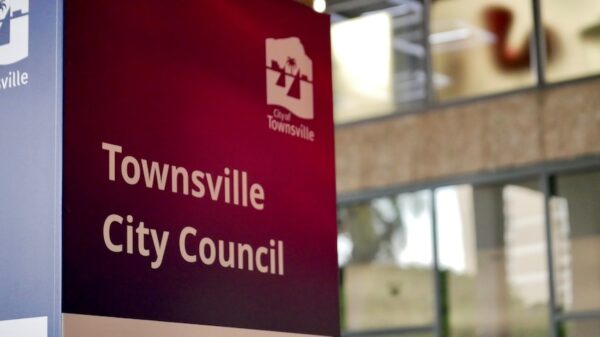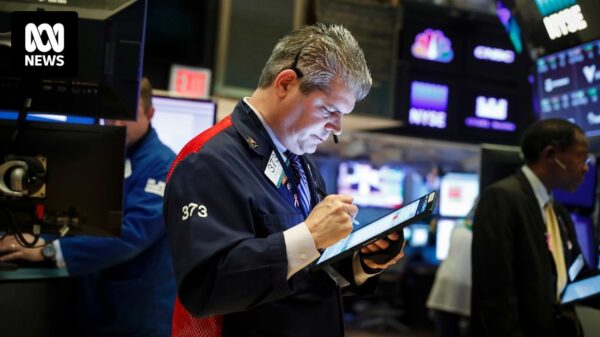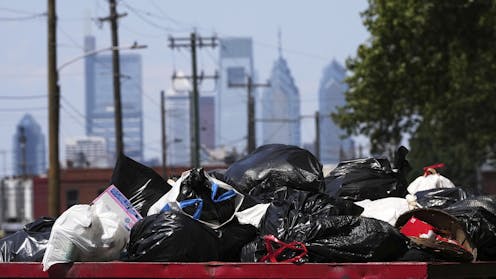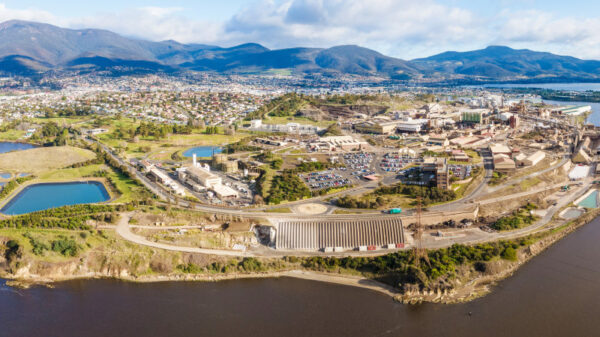Curbside trash collection in Philadelphia remains suspended as municipal workers continue their strike, which began on July 1, 2025. The strike, led by the AFSCME District Council 33 union, represents around 9,000 blue-collar workers, including sanitation workers, 911 dispatchers, mechanics, and water department staff. As the strike enters its second week, residents are facing growing piles of garbage in their neighborhoods, leading some to label these unsightly accumulations as “Parker piles,” a reference to Mayor Cherelle Parker.
The strike marks a significant moment in Philadelphia’s history of labor disputes, particularly due to the influence of social media. According to Francis Ryan, a professor of labor studies at Rutgers University and author of “AFSCME’s Philadelphia Story,” this is the first time social media has played a pivotal role in shaping public perception and support for striking workers. The union has effectively utilized platforms like Instagram to share their narrative, garnering sympathy from many city residents.
Historical Context of Sanitation Strikes
Philadelphia has a long and tumultuous history of sanitation strikes that dates back to March 1937. During that time, a brief work stoppage prompted negotiations between city officials and an early iteration of the current union. In September 1938, over 200 city workers were laid off, leading to a weeklong strike characterized by street clashes in West Philadelphia. Strikers blocked police-escorted trash wagons attempting to collect refuse with replacement workers. The public rallied behind the strikers, many of whom were union members from various industries. Ultimately, their demands were met, and the American Federation of State, County and Municipal Employees (AFSCME) was formally recognized by the city.
This pivotal strike highlighted the potential for violence and health risks associated with garbage collection stoppages. A subsequent two-week trash strike occurred in 1944, but it would be two decades before another strike took place. The 1960s saw a rise in sanitation strikes nationwide, notably the 1968 Memphis Sanitation Strike, where African American sanitation workers demanded better wages and safety conditions. The involvement of civil rights leader Dr. Martin Luther King Jr. brought national attention to the cause, ultimately resulting in the workers securing their demands shortly after King’s assassination.
Following the Memphis strike, AFSCME expanded its organizing efforts, and throughout the 1970s, various cities experienced similar labor actions. By the 1980s, such strikes dwindled, with Philadelphia witnessing a notable three-week sanitation strike in 1986, which concluded with some wage gains but setbacks in healthcare benefits.
Current Strike Dynamics and Worker Conditions
Currently, members of DC 33 earn an average salary of $46,000 annually, which is $2,000 below the living wage for a single adult in Philadelphia, as indicated by MIT’s Living Wage Calculator. Sanitation workers specifically earn between $42,500 and $46,200 per year, translating to hourly wages of $18 to $20. Reports from NBC Philadelphia suggest these wages are the lowest among major U.S. cities, where hourly earnings range from $21 in Dallas to as high as $30 in Chicago.
The current strike’s unprecedented public support can be attributed to heightened awareness of essential workers’ roles during the COVID-19 pandemic. Many community members recognize that if workers cannot meet their basic needs, systemic issues in the labor market must be addressed. Additionally, cuts to vital services at various government levels have fueled discussions about the need for better worker treatment.
Social media has catalyzed these conversations, allowing citizens to connect broader economic issues with the personal narratives of striking workers. If the strike persists, it is likely to draw further national and international attention, emphasizing the need for fair treatment of essential workers.
The ongoing events in Philadelphia illustrate a significant intersection of labor rights, community support, and the evolving role of social media in contemporary strikes. As residents await resolution, the situation underscores the importance of addressing the conditions faced by those who keep urban environments functioning.



